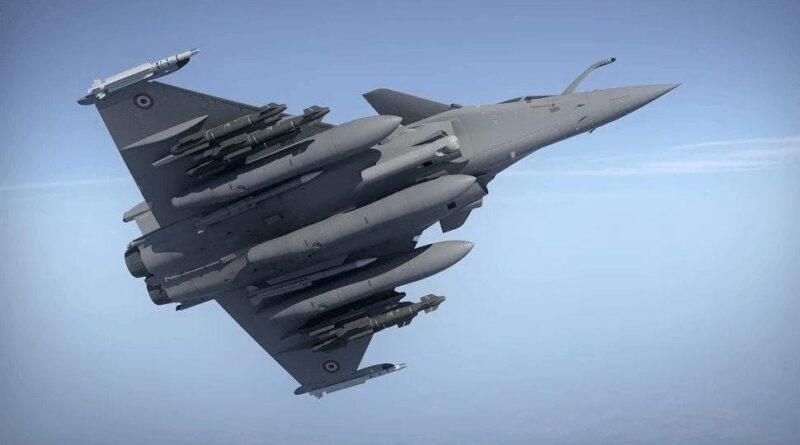India likely to receive 2nd batch of Rafale fighter jets in November
Indian Air Force will receive the second batch of multirole Rafale fighter jets in the first week of November for further boosting its firepower against PRC which is equipped with aircraft of various versions and determined to dominate the globe with the world’s largest and modernized armed forces. Rafale is a fourth-generation jet with both twin generation engines and Delta-wing. This fighter jet also carries semi-stealth capabilities that can execute nuclear attacks. Its biggest feature is Beyond Visual Range Air-to-Air Missile. The range of this is more than 150 kilometers. So, from within the Indian border Rafale can launch a missile attack 150 kilometers inside the Chinese or Pakistan border. These fighters will arrive at the Ambala airbase in Haryana by the first week of November from France. The IAF is preparing to receive these fighters and will operationalise them as soon as possible. India got the first batch of five Rafale aircraft in July, and these were inducted into the IAF in September. The first batch has already been operationalised and has carried out sorties in the Ladakh sector. With the second batch, India will have eight to nine advanced Rafale fighters to take on the threats emerging from China. An IAF team is in France to review the project. In 2016, India had signed a Rs 59,000-crore deal for 36 Rafales for creating three squadrons. These will be based at the Ambala and Hasimara air bases in north Bengal. The 4.5 generation fighter aircraft, capable of carrying nuclear weapons, provides the IAF unmatched air superiority in the region, with advanced avionics and a deadly weapons package, which include the Meteor, Scalp and Hammer missiles. The 9,979 kg weight Dassault Rafale is a French twin-engine, canard delta wing, multirole fighter aircraft designed and built by Dassault Aviation. Its top speed: 1,389 km/h and range: 3,700 km. with ANI inputs




